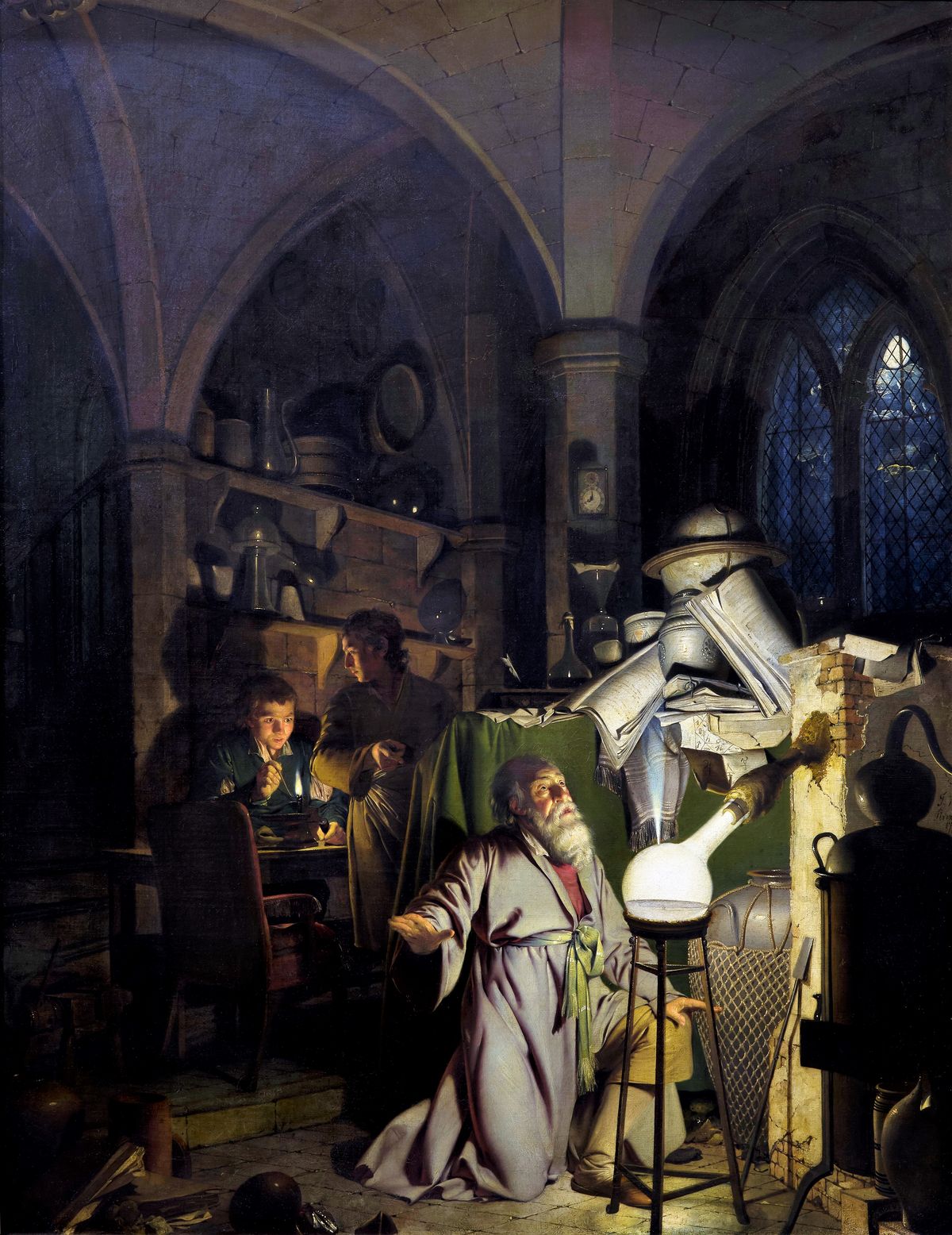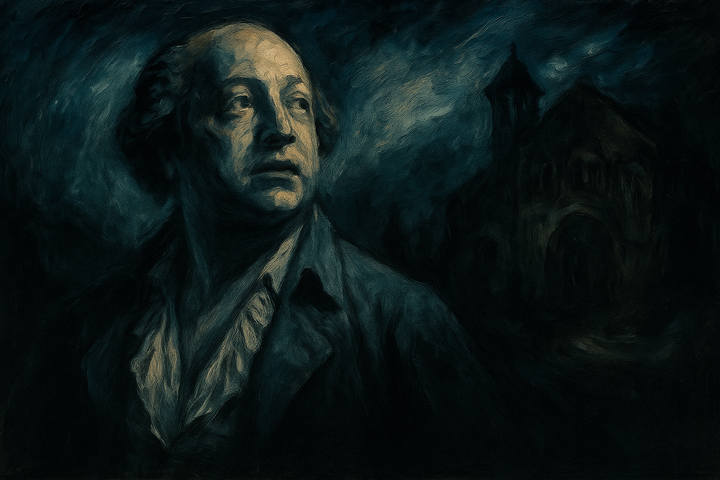The Philosopher's Stone: A Journey through Time and Culture

At the heart of alchemy, a centuries-old practice that oscillates between science, mysticism and art, lies the philosopher's stone (Lapis philosophorum in Latin). It is not only a concept, but also a symbol of transmutation, healing and purification. Let's go on a fascinating journey into the mysterious world of alchemy and the legendary philosopher's stone.
Our journey begins about 2500 years ago with the divine figure of Hermes Trismegistos, often referred to as the "founder" of alchemy. Hermes engraved the formula for the Philosopher's Stone on an emerald tablet, which describes the four basic elements of nature - fire, water, earth and air - in combination with mercury and sulfur and added salt. A fascinating mixture that was to create the Philosopher's Stone, the ultimate panacea, supposedly capable of transforming base metals into noble metals and even rejuvenating the wearer of it.
Alchemists believed in an animistic principle that presupposed an omnipresent divine soul substance that could assume an infinite number of material forms. Thus, in alchemy there were two concepts of the philosopher's stone - an outer stone and an inner stone. While the outer philosopher's stone represents the golden goal of material transmutation, the inner stone represents the transformation of the spirit.
Despite the fascinating esoteric aspects of alchemy and the Philosopher's Stone, there are darker chapters in this story. During the Renaissance era, as the foundation of the metallurgical faction of alchemy faltered, many were tempted to prove their gold-making abilities through fraud, often under pressure from princes and nobles desperate for wealth.
The true essence of the Philosopher's Stone, however, alchemists believed, was its ability to heal and rejuvenate. The stone was considered a panacea, the "quinta essentia," capable of curing disease and prolonging life. The search for this powerful elixir led not only to fraudulent gold making, but also to groundbreaking discoveries in other fields. For example, the search for the philosopher's stone led to the discovery of European porcelain by the alchemist Johann Friedrich Böttger and the natural scientist Ehrenfried Walther von Tschirnhaus in 1707, and phosphorus, discovered through the evaporation of urine, is also a product of this alchemical quest.
The philosopher's stone has found its place not only in the history of alchemy, but also in literature. From Goethe's "Faust" to J.K. Rowling's "Harry Potter and the Philosopher's Stone" to the manga and anime series "Fullmetal Alchemist," this fascinating object has captured the imagination of authors and artists alike.
The Philosopher's Stone remains an impressive concept that reminds us how the lines between science, art, and mysticism are often blurred. Despite the impossibility of turning base metal into gold, the story of alchemy and the Philosopher's Stone shows us that the quest for knowledge and understanding often leads to unexpected and astonishing discoveries.




